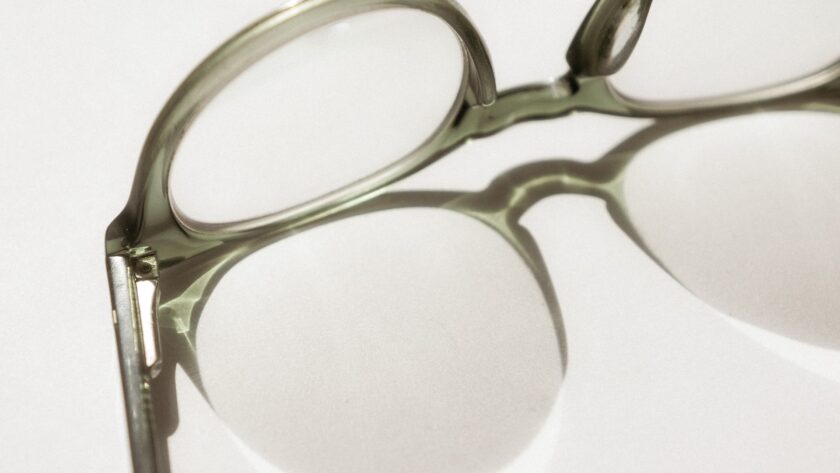Fashion trends have meant that many people tend to wear glasses as a statement rather than as a requirement. In other instances, non-prescription glasses can be worn to aid you in reading small texts. Prescription glasses, however, are acquired when you have to correct a particular eye disorder so as to enhance your field of vision. These visual needs don’t always remain the same, so sometimes, you might need to change your prescription to address your current visual needs.
Do you need prescription glasses?
If you’re not sure that you need prescription glasses, there are a number of signs that mean you might need to see an optician. If your eyes frequently strain to see objects that are too close to you, or you have a problem making out items that are a fair distance away – you might be suffering from short or long-sightedness, respectively. If you spend an excessive amount of time in front of computer screens and other electronic devices, you might develop computer vision syndrome. This could lead to symptoms like light sensitivity, dry eyes, a burning sensation and blurred vision.
If you’re approaching your 40s, you might also end up susceptible to cataracts, which is a clouding in the eye’s lenses. Individuals in this age bracket are also likely to suffer from presbyopia, which is the gradual loss of the ability to focus on near objects. Presbyopia happens to everyone as they grow older.
Types of prescription glasses
Prescription glasses are customized to fit your particular needs. Although you might be able to use someone else’s glasses and function fairly adequately, there is no one set of prescriptions that offer a one size fits all approach. Different people will have varying prescriptions, so to get the best possible range of vision, it’s advisable that you invest in your own pair of spectacles. These glasses are also divided into varying categories according to their functionality.
Single vision glasses feature the same corrective vision in both lenses, while bifocal glasses have two prescriptions in the same lenses. Progressive lenses have three primary fields of vision that address far, near and intermediate distances. Computer glasses are specifically designed to handle the light that radiates from LED screens, commonly referred to as blue light. Reading glasses don’t qualify as prescription glasses, but an optician can suggest the best magnification range for your needs.
Getting an eye test
Although you can order same day prescription glasses online, getting the prescription itself requires a physical trip to the optician. You’ll need to go through multiple exams before you can be provided with a prescription that fits your particular needs. You’ll first be asked to fill out a health history form that will attempt to identify any existing conditions that might affect your eyesight. You’ll then be given a pre-consultation where you can discuss any potential queries and what needs to be done.
Next, you’ll be taken through a glaucoma test, followed by a perimeter test which identifies any potential blind spots in your vision. Other common tests you’ll likely be taken through at this point include a binocular slit-lamp examination, refraction test, dilation procedure and cover test. Once your results are reviewed, the optician can then calculate the specific prescription you need to correct your vision.
Getting new prescriptions
Your visual range doesn’t remain constant forever, and as you continue to age, you’re likely to develop new needs regarding your eyesight. As such, your prescription is likely to change over the years, and you’ll need to get a new prescription every few years. If you find yourself squinting a lot despite wearing your glasses, you might need to get a new prescription.
Other signs that you should visit the optician include when you happen to suffer from headaches after focusing on a particular object for an extended period, or you find yourself suffering from double vision at times. Professionals have also recommended visiting the optician every two years to check whether you need a new prescription. This is a good way to get ahead of any potential problems, in effect saving the overall health of your vision in the long term.
The two-year rule
There are multiple reasons why you should implement the two-year rule when it comes to how regularly you should visit your optician. Many people make the mistaken assumption that if their vision isn’t getting blurry or they can still basically function, they don’t need to update their prescription. However, this isn’t an element that can be avoided as you get older. There is no prescription that’s designed to last until your twilight years.
Failure to update your glasses will lead to your eyes gradually deteriorating and potentially cause blindness. Apart from poor eyesight, a failure to change your glasses will also lead to frequent headaches, which will only get worse as time passes. The only way to avoid these symptoms is by getting a new prescription. Deteriorating eyesight will greatly affect the quality of life you can enjoy and is something that can be easily avoided.




